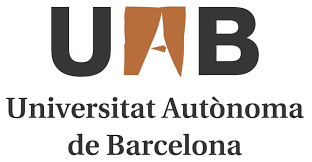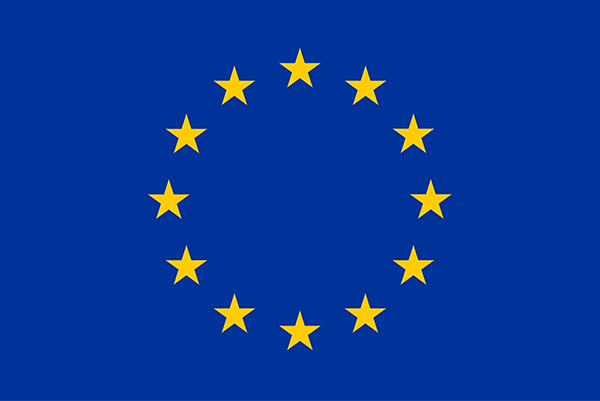An ecological rucksack is defined as the total quantity (in kg) of materials removed from nature to create a product or service, minus the actual weight of the product. It considers the entire production process, from the cradle to the point when the product is ready for use. The rucksack factor (MI) is the total amount of natural materials utilised (kg) to make 1 kg of the resource, raw or starting (e.g. wood, iron, etc.).
Five different rucksacks have been delineated by the Wuppertal Institute to describe the overall natural resource intensity of products. These correspond to the five environmental spheres of: water, air, soil, renewable biomass and non-renewable (abiotic) materials (Schmidt-Bleek, 1999). On average, industrial products carry non-renewable rucksacks that are about 30 times their own weight. Only about 5 percent of non-renewable natural material disturbed in the ecosphere typically ends up in a technically useful form. In the case of a PC, the ecological (abiotic) rucksack weighs at least 200 kg per kg of product. For base materials (such as iron, plastic or copper), MI values allow the comparison of technical starting materials regarding their resource intensities and thus allow the computation of the rucksack of products, so long as the material compositions of these products are known. MI values (rucksack factors) for non-renewable resources of base materials are, for example: round wood = 1.2, glass = 2, plastics = 2–7, steel = 7, paper = 15, aluminium = 85, copper = 500, platinum = 500,000 (Schmidt-Bleek, 1999).
Beyond rucksacks
In its methodological guide, Eurostat (2001) introduced a new and extended terminology for distinguishing between different types of upstream material requirements, formerly lumped together as ‘hidden flows’ or ‘ecological rucksacks’. Eurostat suggests making a distinction between ‘used’ and ‘unused’ extraction on the one hand and ‘direct’ and ‘indirect’ flows on the other hand. The distinction ‘used’ and ‘unused’ extraction refers to the boundary between an economic system and its natural environment and specifies what should be regarded as an ‘input’ from the environment to the economic system, i.e. what should be regarded as a raw material. Dredging material, excavation material, overburden from mining (the sterile material which has to be removed in order to get access to the gross ores) and unused by-products from biomass harvest are the main components of ‘unused’ extraction.
The distinction between ‘direct’ and ‘indirect flows’, on the other hand, refers to the boundary between a national economy relative to other national economies, i.e. to traded goods. All upstream material requirements for producing imported or exported commodities are denoted as ‘indirect flows’. As goods in different stages of processing are traded, from basic commodities to final products, indirect flows consist of two fractions: The ‘raw material equivalents’ represent used extraction, needed to produce traded goods. Unused raw materials represent the ‘unused’ part of indirect flows. As raw material equivalents represent used extraction, necessary for producing traded commodities, the quantification of raw material equivalents would allow for a standardisation of physical foreign trade flows to the same economy–environment system boundary as applied in used domestic extraction (DE) (Weisz, 2006).
According to Weisz, ‘With such information, both a net trade balance in terms of raw materials and the raw material requirements of domestic final consumption could be calculated for a national economy’. Furthermore, ‘a net trade balance in terms of raw materials is needed to investigate if, and to what extent, a country’s domestic final consumption is indirectly dependent on raw materials from abroad’ (Weisz, 2006). This author states that the ‘ecological rucksacks’ or ‘hidden flows’ approach developed by the Wuppertal Institute may be appropriate for accounting for the unused extraction of a few basic commodities if regional specific coefficients (MI factors) are available, but cannot be applied to the much more complex estimation of raw material equivalents of all imported and exported goods. The reasons for this are that: (1) the number of coefficients that would be needed is by far too large to be compiled in practice; (2) there is no appropriate standards to guarantee the consistency and comparability of the accounts, in particular when aggregated to larger scales; and (3) factors cannot account for the so-called second and third round effects of the intermediate use and supply chains of the industrial production system. These intermediate flows have become extremely large in highly industrialised economies (see Ayres et al., 2004).
References
Ayres, R. U., Ayres, L. W., and Warr, B. (2004) Is the US economy dematerializing? Main indicators and drivers. In: van den Bergh, J. C. J. M. and Janssen, M. A. (eds.) Economics of Industrial Ecology. Materials, Structural Change, and Spatial Scales. Cambridge, MA, MIT Press, 57-93.
Eurostat (2001) Economy-wide Material Flow Accounts and derived indicators. A methodological guide. Luxembourg: Eurostat, European Commission.
Schmidt-Bleek, F. (1999) The Factor 10/MIPS-Concept: Bridging Ecological, Economic, and Social Dimensions with Sustainability Indicators. ZEF Publication Series, Tokyo/Berlin.
Weisz, Helga (2006) Accounting for raw material equivalents of traded goods. Acomparison of input-output approaches in physical, monetary, and mixed units. Social Ecology Working Paper 87. Vienna.
For further reading:
Bringezu, S., Schutz, H., Steger, S., and Baudisch, J. (2004) International comparison of resource use and its relation to economic growth: The development of total material requirement, direct material inputs and hidden flows and the structure of TMR. Ecological Economics 51(1-2) 97-124.
Useful websites:
Factor 10 Institute [http://www.factor10-institute.org/index.html]
Wuppertal Institut für Klima, Umwelt, Energie: MIPS Online [http://wupperinst.org/en/projects/topics-online/mips/]
This glossary entry is based on contributions by Willi Haas, Simron Jit Singh and Annabella Musel
EJOLT glossary editors: Hali Healy, Sylvia Lorek and Beatriz Rodríguez-Labajos





Pingback: Energy descent: The dryer breaks down | Dawn of the Fifth Age